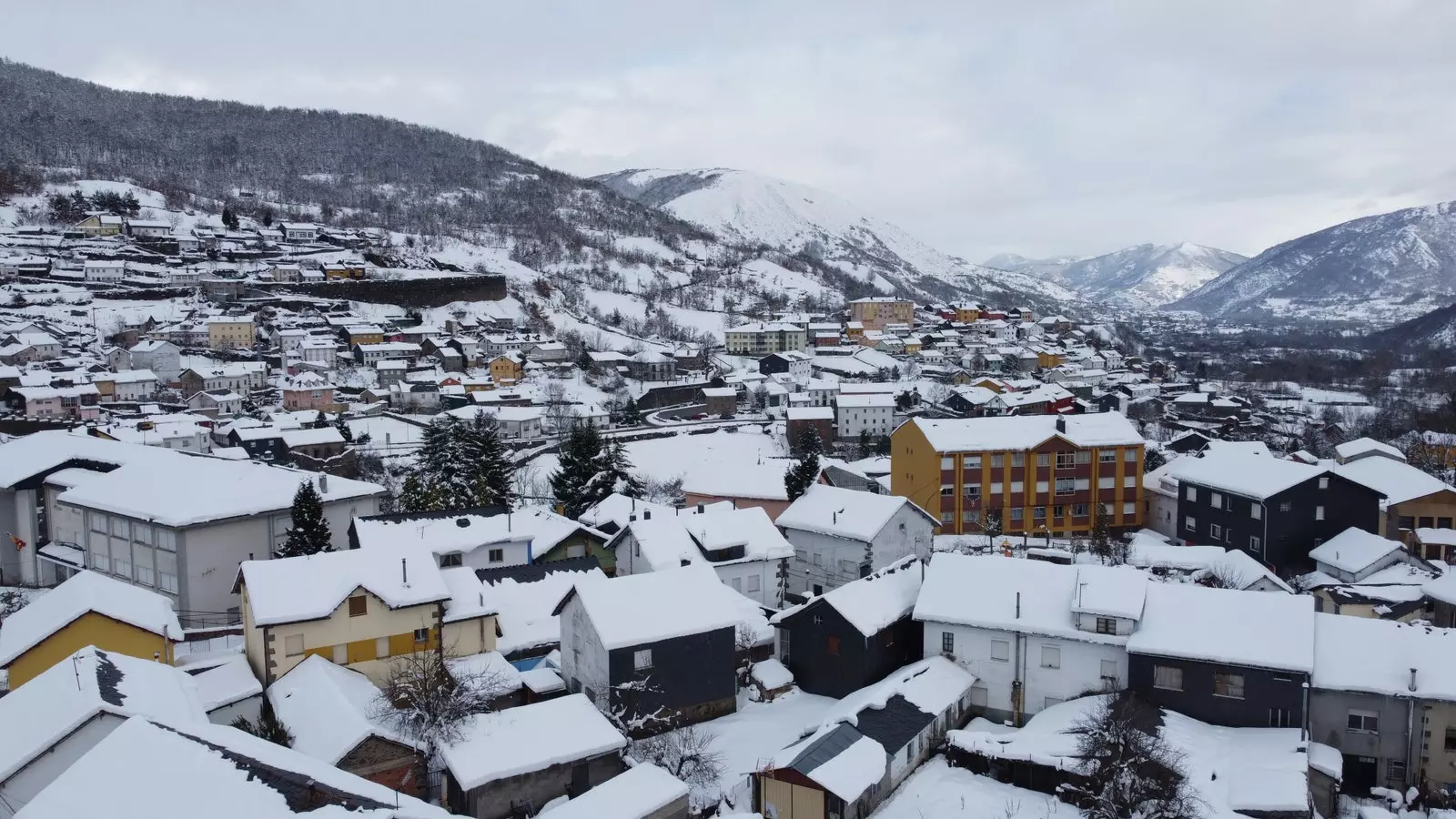
Caboalles
The Laciana Valley, Biosphere Reserve , surprises us step by step, kilometer by kilometer, while we travel through its winding roads: steep mountains, lush forests... which at this time of year are covered with a virgin white mantle. It is a green and mountainous area located at the westernmost end of the Cantabrian Mountains , where numerous species of protected fauna live, such as the Cantabrian capercaillie, and yes, it is a strategic point for the bear sighting.
The rivers, in the direction of the Atlantic, have been sculpting an orography of unevenness that ends in dizzying cliffs . Now its waters flow clear and clean, but there was a time when stained black as coal , since this valley lived for many years of mining. An unknown area for many in which we find waterfalls, waterfalls and places that remind us of the Amazon jungle itself.
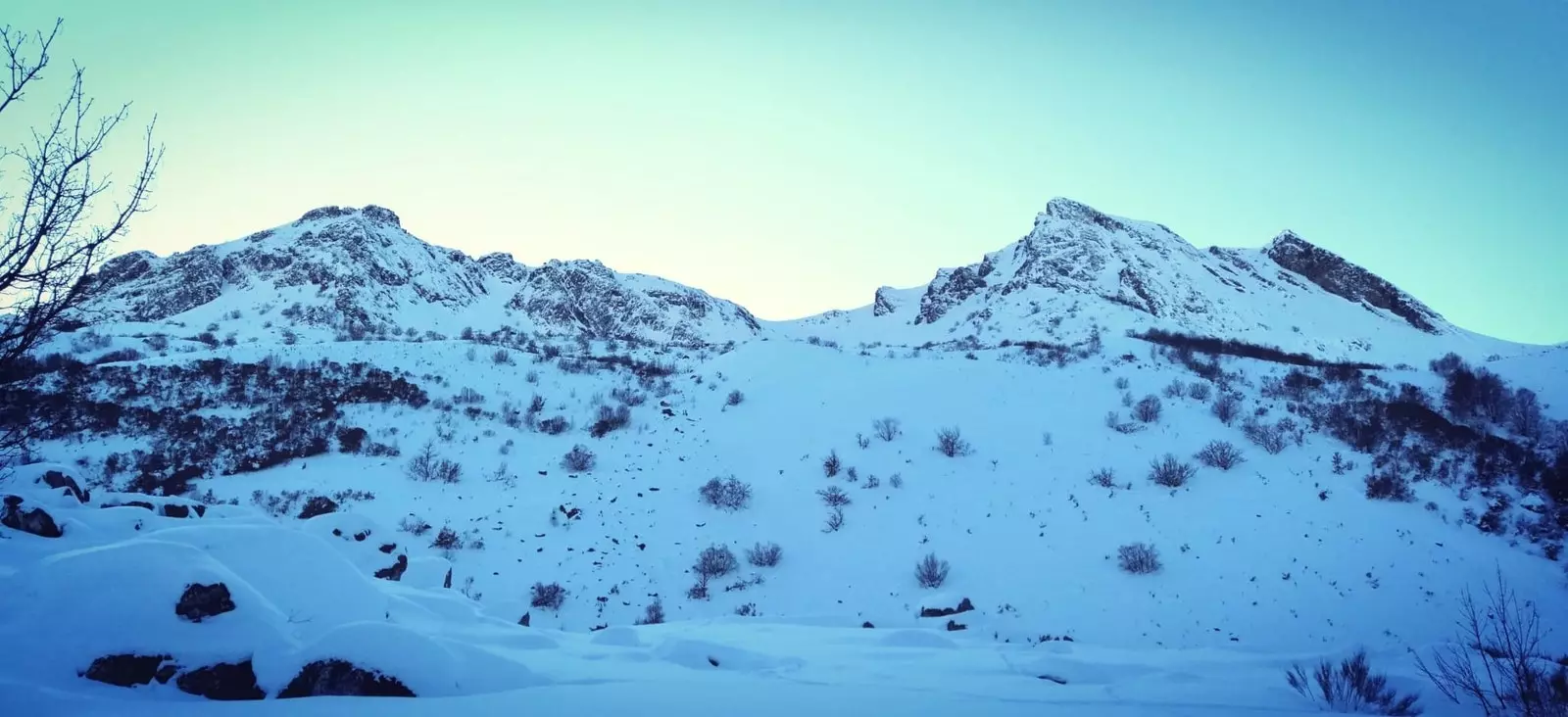
Lumajo
Our starting point will be Villablino (about 4 hours from Madrid on the A-6 and CL-626), the capital of the region of Laciana , before turning off to tour some of the valley's postcard towns. This town, with 8,000 inhabitants, is located at an altitude of 1,020 metres. The Laciana Valley covers a total of 14 villages ; we, on this journey, will discover Caboalles de Abajo, Robles and Lumajo , which in winter become a fairy tale Hans Christian Anderson.
we got to Caboals de Abajo . Here we can stay in the Apartments L'abiseu , which keep intact the traditional architecture of the area, based on stone, wood, slate and forge . We are received by Isa and José, who inform us in detail of the attractive plans that we can make in the area. Just 10 km away is the Valle de Laciana de Leitariegos ski resort and, very close, Somiedo Natural Park.
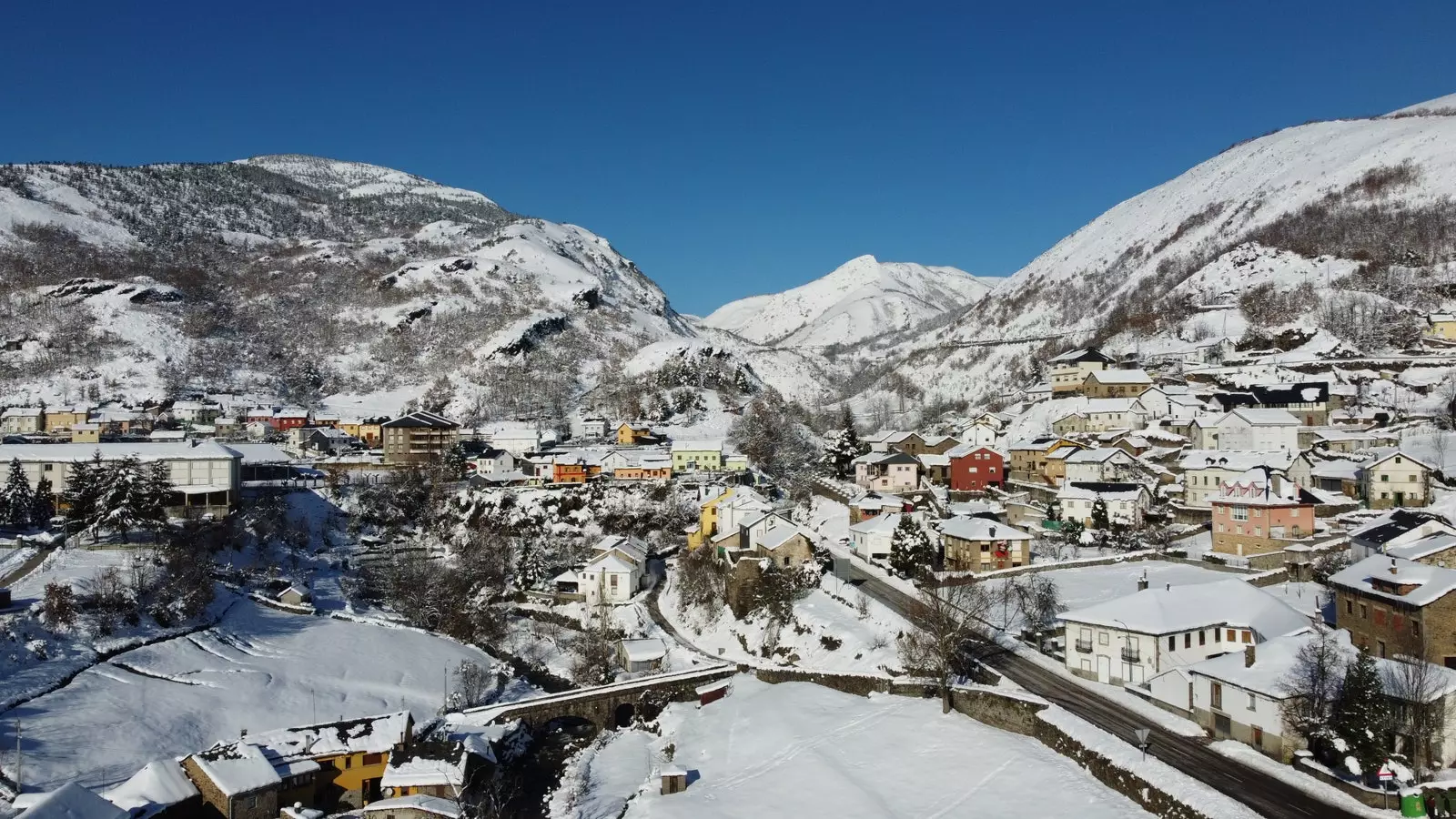
Caboals de Abajo
We settle in, light the fireplace in our room and open the windows of the apartment that gives us unbeatable views of The Devesa , a thick forest of oak, birch, beech and hazelnut trees that offers several routes.
We get closer to meet La Senda farm for which it seems that time has not passed. Arancha welcomes us and shows us how cattle were cared for in the past, how to feed them, clean them, milk them and, finally, we make our own cheese. La Senda also offers routes and horseback riding.
We want to know the history of this area in depth and that is why we approach the Well Mary , one of the most emblematic mining wells in the entire valley and also well known for its sad history. On October 17, 1979, ten miners lost their lives here . More than four decades later, their memory remains intact in this well in which they are paid tribute to their effort and dedication.
Just 15 minutes away (Carretera CL-626), is the town Laciana Oaks . Here we will make an essential stop along the way to enjoy Leonese gastronomy. Thus, we come to Rural Hotel of La Bolera to put on our boots with traditional and homemade recipes from León . We enter their glassed-in dining room where Fernando and Pili welcome us: “all our dishes are handcrafted”.
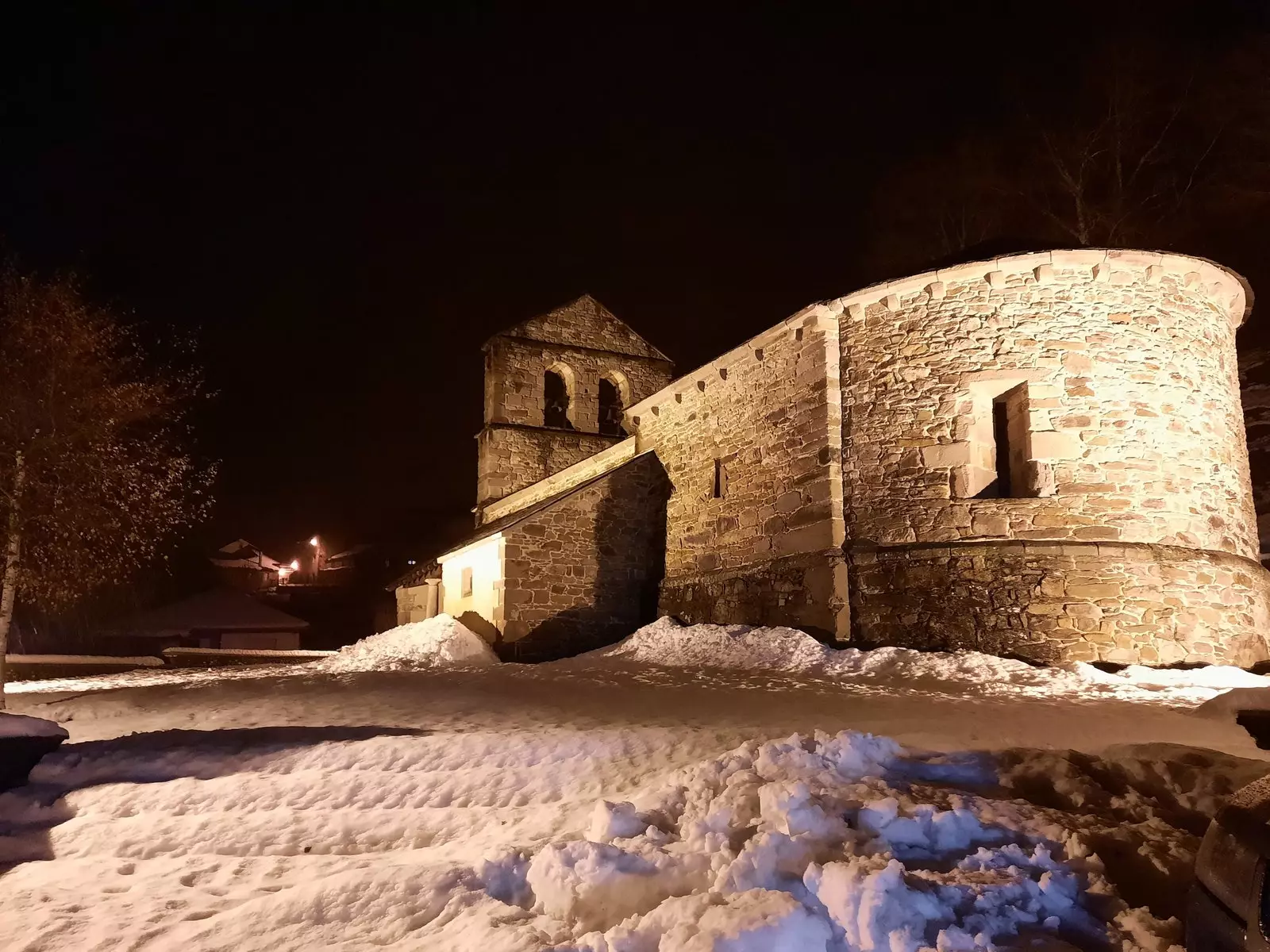
Church of San Xuliano
We recommend the botillo and Mencía reduction profiteroles and the delicious boletus and Parmesan risotto. But one cannot be in León without tasting the breaded cecina with potatoes and peppers, or the cod loin cooked at low temperature. And, of course, don't leave without trying their frisuelos , some pancakes made with flour, milk and eggs, which are dipped in a delicious and thick hot chocolate.
The best thing, after such a delicious banquet, is to wrap up warm and stroll through the beautiful town of Robles. We will meet the Church of San Xuliano, a beautiful 11th-century parish church in Romanesque style , the oldest in the entire Laciana valley, declared a monument of provincial interest. Its bells ring loudly marking 6 in the afternoon (pam, pam, pam, pam, pam, pam), the sun goes down little by little while the horizon merges with the blue and orange of a sunset that remains recorded on our retinas.
The next day we went to see the town of Lumajo (LE-492) known as Laciana's balcony being the town with the highest altitude in which only 72 people live . Adolfo and his wife welcome us at the entrance to the town, who bring us a hot coffee from their house and tell us that this town is of vaqueira origin and that many ranchers come here from everywhere in search of work: “Here we don't have any cafeteria but, to make up for it, we have our hospitality; this coffee is pot , and I hope it warms you up.”
We get lost in the town as we discover its different stone houses, although all with their snowy roofs that make them very similar, roads with a thickness of 60 centimeters of snow that reaches us above the knee... an adventure that they are the inhabitants of Lumajo are used to. From here we see the cornon (2,194m), the highest peak in the entire valley , which has an essential route for mountain lovers.
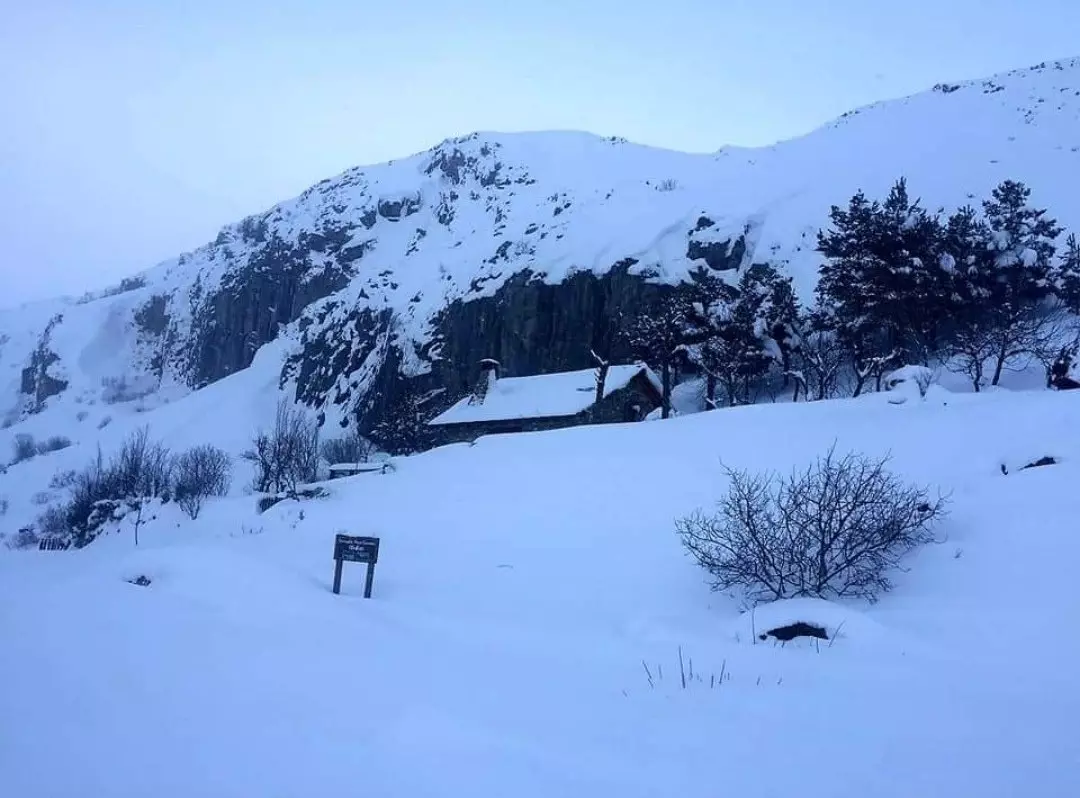
Lumajo
Walking 10 minutes we approach the Cereizales waterfall , one of the highest in the entire province of León, which is partially frozen by low temperatures. early spring its flow is multiplied so that a second waterfall is formed.
We take a picture to immortalize this moment in the Laciana valley, a very quiet, unknown area that has completely enamored us. A place to discover for days remembering that here, getting lost, will never be a waste of time.
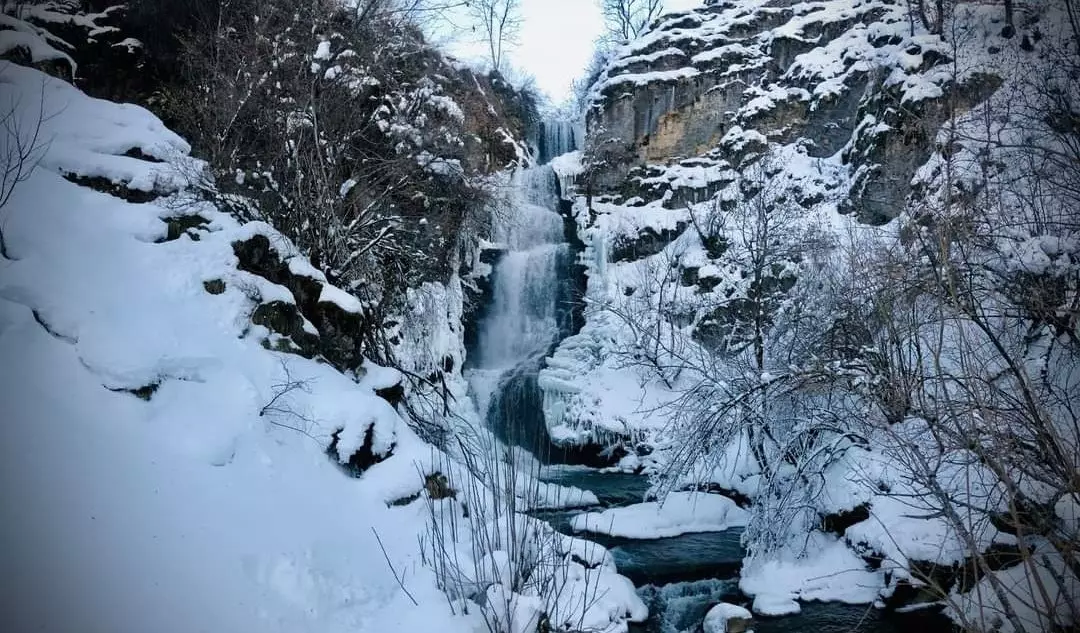
Cereizales Waterfall
